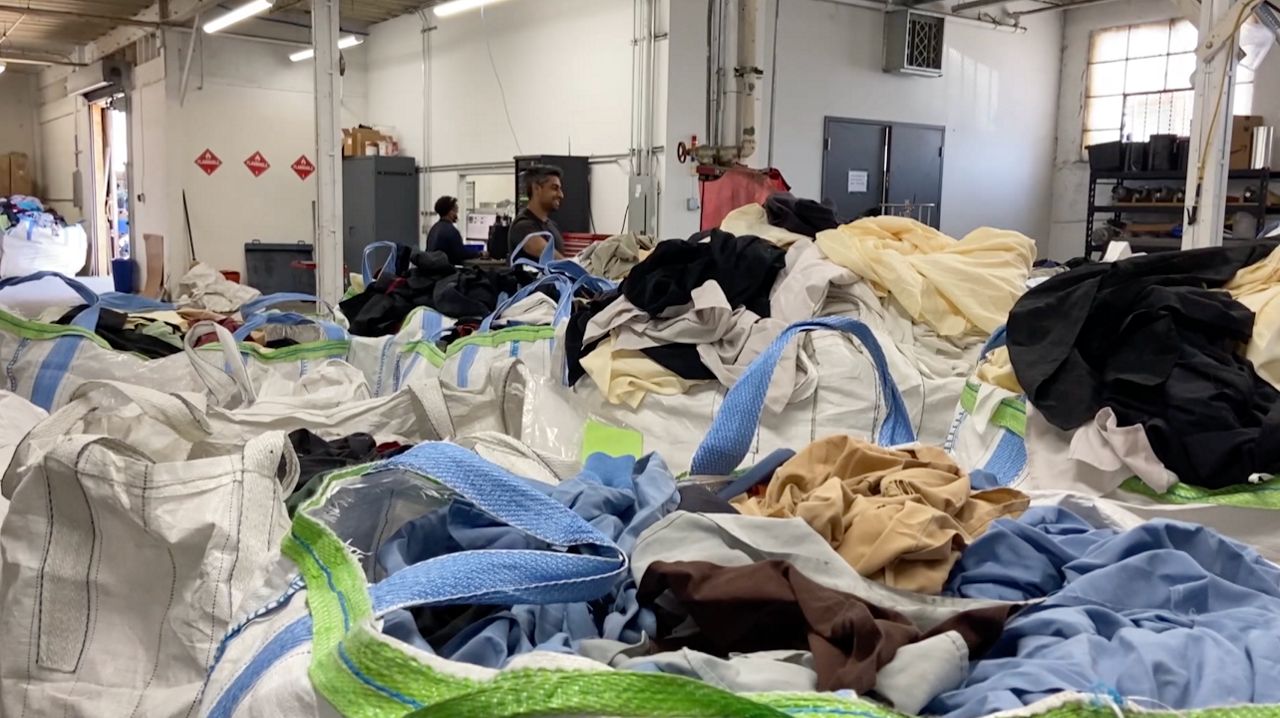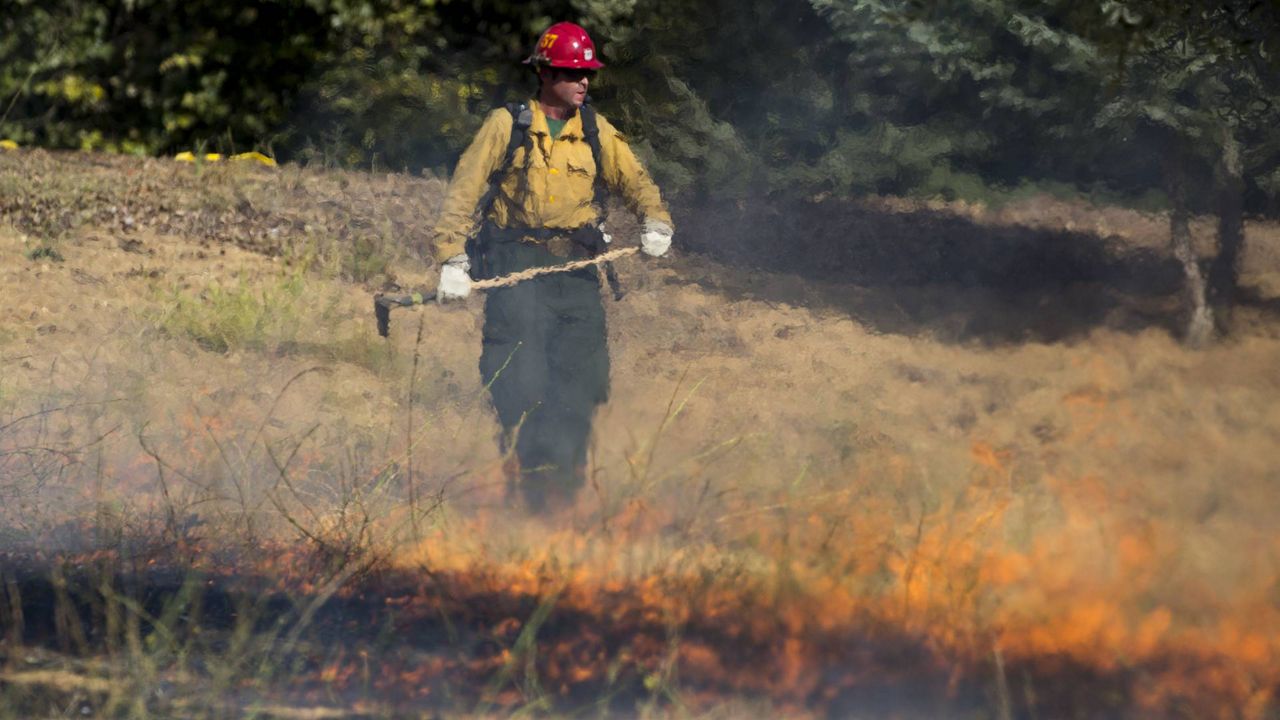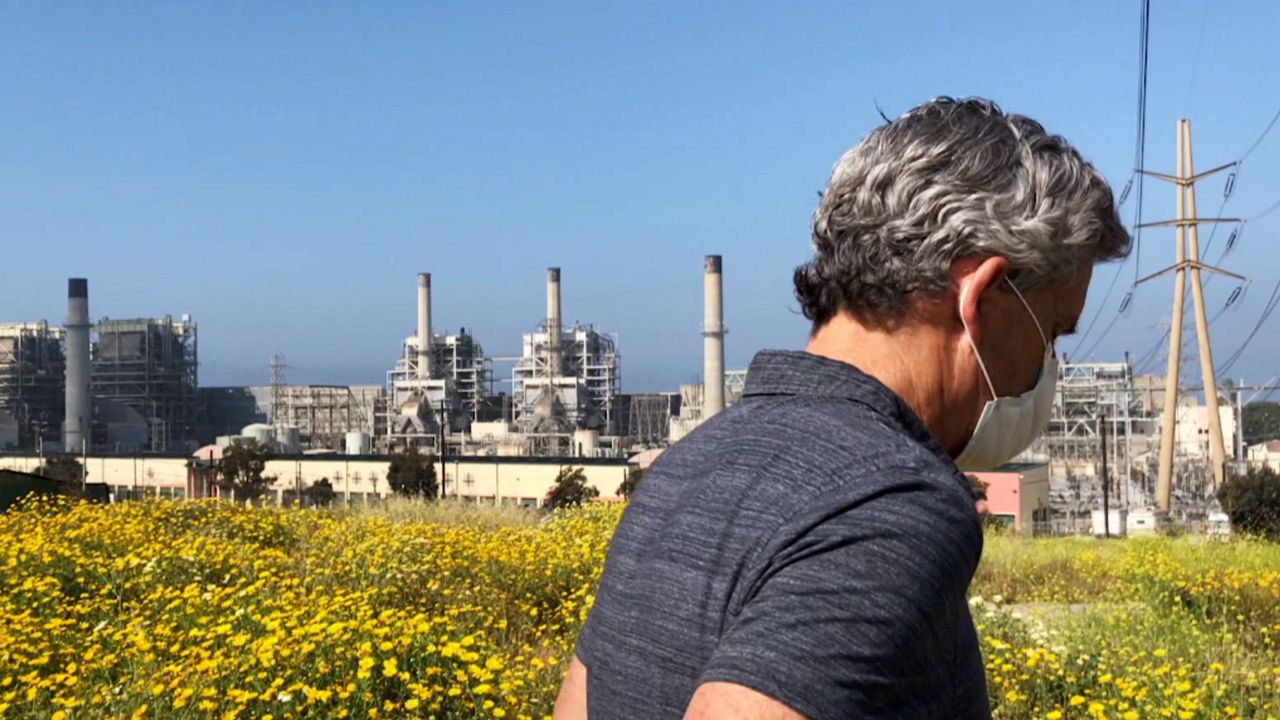OJAI, Calif. — It’s a beautiful day for a walk, but this isn’t your everyday hike. These folks are out learning how to gather wild herbs and vegetables for their upcoming lunch of soup and salad. Herbalist Lanny Kaufer is leading this excursion and he first learned of medicinal herbs over 50 years ago.
“In 1967, I met a Pueblo Indian man in New Mexico and spent about a week at the Hemis Pueblo where I got a cold,” said Kaufer. “This man’s uncle brought me a bag of tea and told me how to prepare it and inhale the steam and drink the tea which I did and my cold went away.”
MORE ENVIRONMENT STORIES:
- Siblings Strike Outside City Hall to Address Climate Concerns
- Rising Sea Levels Will Have Coastal And Economic Impacts
- Conservation Corps Replacing Invasive Plants with Native Ones
So Kaufer got curious as to whether there was a connection between the tea and healing so he went back home and learned everything he could about medicinal herbs. Back then, there wasn’t much published about wild and edible foods, so he learned from Native-American mentors and to this day, he follows their teachings.
“We’re welcoming ourselves and asking the Chumash and all the plants and animals here to welcome us here,” said Kaufer after blowing into a traditional Native-American whistle.
There are a few rules to follow; Do as little harm as possible, and never gather more than you need.
Today, he’s focused on harvesting non-native plants because as a forager, he’s interested in anything he can use that’s abundant and prefers to practice sustainable foraging. Most importantly, know what you’re picking because it may make you sick like this elderberry tree.
“This plant, like many, has chemicals in it that deter animals from eating it,” explained Kaufer. “You have to know when you're harvesting plants which ones have any poisonous properties and avoid the parts of the plant that are poisonous and be able to make use of the parts that are edible.”
And there’s lots to eat in this field. There’s chickweed, stinging nettle, sage and miner’s lettuce. And these foragers are anxious to make lunch.
“It's nice to know that there's things out in the wild that we can use and sustainably harvest and make something that will help our health,” said hiker Jeanne Black.
And there’s nothing healthier than nature as long as we preserve it.
“First thing to do when you're going to harvest plants is to stop at the first plant and give thanks and then go on your path until you come to a place where you can see that that plant is really abundant,” said Kaufer. “This is natural environmentalism as practiced by our indigenous ancestors of this property, of this land here in Southern California.”
Eat from nature and give thanks.











